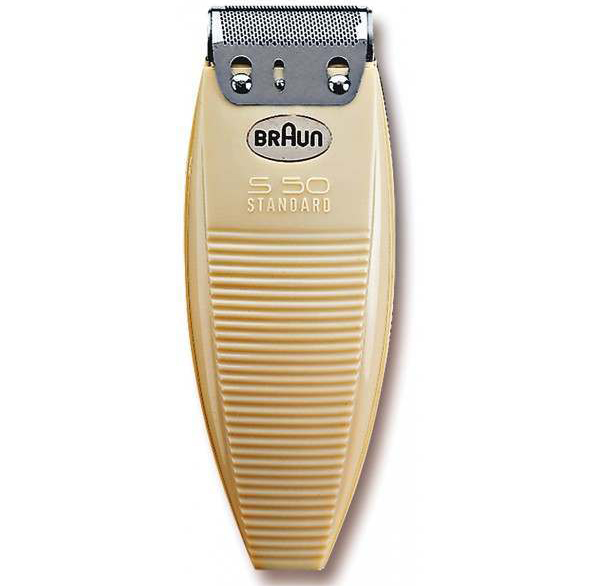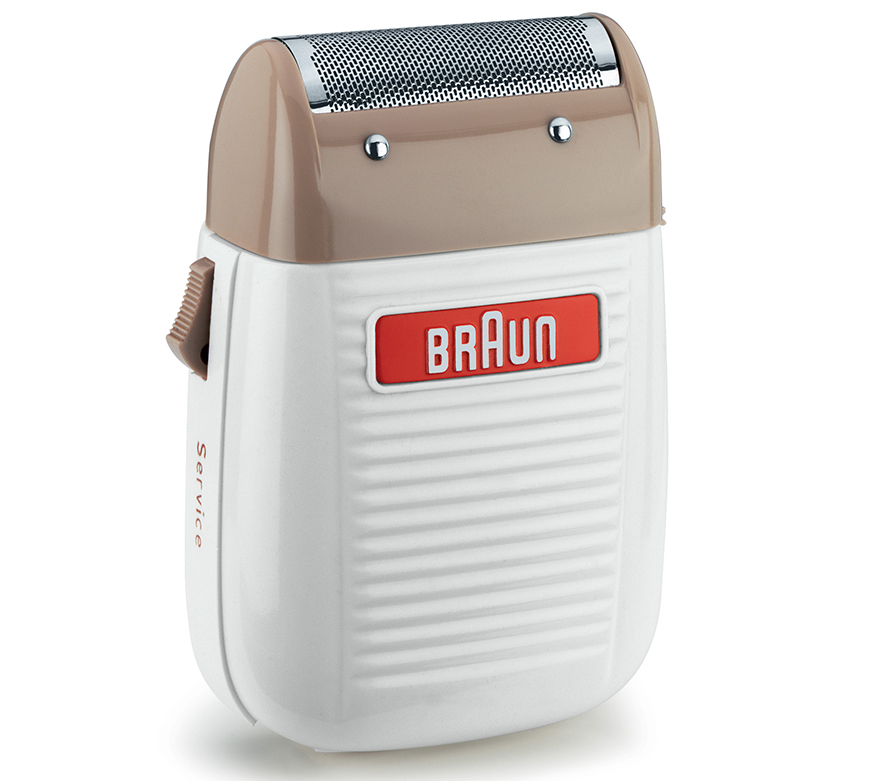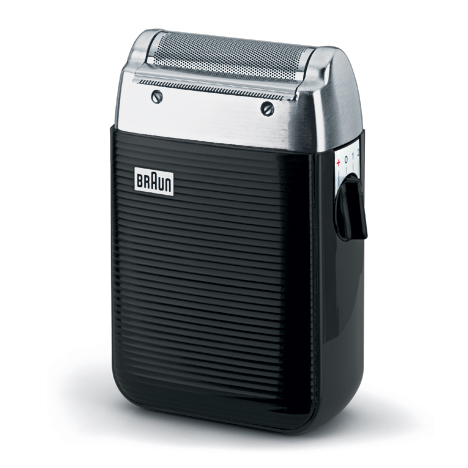3. Product Design Case Study: Sound
The Mighty Roar of Design Innovation

Savvy innovators know sensory cues influence product perception. Clever design of smell, taste, feel and look of a product impacts liking, cues product usage and can help change consumer behavior. Sound can be a big factor as well. So big that in 1962 a roaring, engine sound fueled the break-out commercial success of electric shavers – and sparked the legend of Braun’s corporate design culture, regarded as one of the best in history until Apple.
During the 1930’s, German engineer Max Braun crafted a new idea for an electric razor, just 30 years after King C. Gillette invented the first mass market blade and razor system. Early electric shavers from Schick and Remington used a comb-like metal layer to shield the user’s skin from blades beneath. Braun had a better idea – to craft a thin, perforated metal foil to cover the cutting blades. When shaving, facial hair would go through the foil’s holes and be cut by blades underneath, moved back and forth by a motor. Braun could make his foil thinner than competitors’ combs, delivering a closer shave through advantaged design.

Braun’s shaver launch was delayed until after the war. In 1951 the first Braun S-50 model was introduced, and was a success. Its superior design and manufacturing yielded a higher quality, better performing product that developed a loyal following. Its motor was well-designed and quiet, similar to other shavers at the time. Max Braun passed away in 1951 as an improved design was readied for launch. His sons, Artur and Erwin, took over the company.

In 1953, Braun launched the Model 300 (designed by Artur) which featured a more refined form, with a similarly quiet motor. The Braun brothers were increasingly confident in driving design beyond industry norms. Braun grew its design staff, with the aim of expanding the still-modest electric shaver market through innovation.
In 1961, Braun’s design team partnered with the Ulm School of Design to begin creating a new generation product. It was to be launched in 1962 as the Braun Sixtant SM-31. Three key innovations came together to upend industry norms:
1.) Foil technology underwent a major reinvention. The original perforated foil (made by punching out holes) was replaced by electrochemical formation (where metal is precisely electro-plated into a predetermined shape). Now, foil design was free from the limitations of tools required to punch holes in thin metal sheets, and allowed shapes and thicknesses to be created with any geometry and much smaller sizes. And provide closer shaves.
2.) The new shaver was black. Traditionally, everything meant for the bathroom – including electric razors – was white or cream colored. Bathrooms were for getting clean, and these jobs were cued by the color of soap. The new design was a deliberate and bold choice to break out of this design norm.

3.) The most powerful design statement was invisible; it was sound. Braun’s transformational razor featured a sturdy, loud motor that ROARED into life when the switch was activated, cuing that it was a man’s machine, a precision tool for men’s grooming. Braun had perfectly good technology for a much quieter motor, but the design approach called for it to be loud. Consumer testing confirmed a positive reaction, so loud it was.
These three innovations combined to create a market buzz at launch, and Braun’s Sixtant SM-31 smashed all electric shaver industry sales records of that time. It sold over 8 million units globally, and remains one of Braun’s best-regarded electric razors ever made. It’s success also helped fuel the legend of Braun’s design team of that era as being one of the greatest design cultures in corporate history, perhaps only rivaled by Apple in it’s later years under Steve Jobs and Jonathan Ive.
Today, Braun’s foil technology still dominates the market. Foil-based electric razors outsell rotary ones by nearly 4:1, and represent over $2B annual sales in the United States alone. Braun became known over the decades for excellence in design and innovation across a range of product categories. Yet the sound of the engine ROAR from 57 years ago heralded its first major commercial success, as well as the arrival of the electric razor as a major consumer product category.
